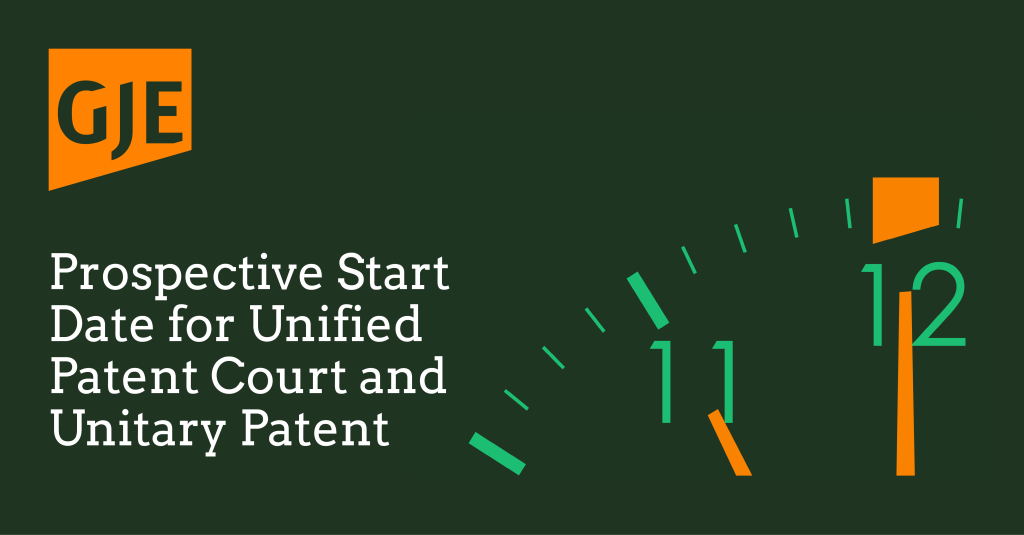
In a notable decision on an apparently mundane legal topic, a Technical Board of Appeal of the EPO recently decided (in T 1989/18) that requiring applicants to amend their description so that it is consistent with the claims has no basis in the EPC. This decision may help to consign this practice to history, streamlining the prosecution process at the EPO in a way that will be welcomed by applicants and attorneys alike.
It is a historic feature of European practice that the description of a patent application must be amended so that it is consistent with the claims. The Guidelines for Examination at the EPO refer to a number of examples of inconsistencies that must be corrected. One example includes inconsistencies where a statement in the description suggests that the invention is limited to a particular feature, but the claims are not so limited. Another example is where it is stated or implied in the description that certain features are essential to the invention when those features are not present in the claims. A further example is where parts of the description give the impression that they disclose ways of carrying out the invention, when those examples are no longer within the scope of the claims. Examiners can be particularly enthusiastic in pursuing these objections. In order to overcome these objections it is often necessary to make amendments wherever the word “embodiment” or “invention” appears. It can also be necessary to delete passages or to indicate in the description that certain examples are not within the scope of the claims.
Generally speaking, applicants are keen to progress patent applications towards allowance as quickly as possible. Therefore, applicants typically adopt a pragmatic approach when faced with objections to the description and will often acquiesce to amendments that seem minor. Applicants may reasonably feel that there is not much to be gained by fighting over seemingly minor issues of terminology in the description when an examiner is otherwise prepared to allow an application. This is perhaps why we have not seen any decisions from the Boards of Appeal on this topic, until now.
The issue of description amendments may seem trivial, but it can have potentially serious repercussions. Amendments that are made in haste and without detailed scrutiny in order to get an application granted could turn out to have an adverse effect on the scope of protection. Additionally, if passages are deleted then this could reduce options for amending the claims later. Description amendments also add to the cost of the application process, and although the costs may be relatively minor they are likely to add to something significant across a large portfolio.
In the appeal case T 1989/18 the patent application in question was refused because the applicant declined to amend the description to be consistent with the (allowable) claims. The Technical Board of Appeal considered the case and concluded that there is no legal basis in the EPC for insisting that applicants amend the description to bring it into conformity with the claims. This decision now stands in contradiction to the Guidelines for Examination, which may cause some confusion for examiners in the coming months. While examiners tend to follow the Guidelines in their day-to-day practice, they are only “guidelines” and (absent diverging decisions) the interpretation of the EPC by the Boards of Appeal is a greater authority.
Many patent applicants are now likely to cite this decision during examination, arguing that there is no need to amend the description to conform to the claims. This approach is likely to benefit applicants because there will be no need to scrutinise description amendments out of concern that they may impact scope of protection or flexibility for future amendment. Both applicants and the EPO should also benefit from reduced costs by focusing patent prosecution on core issues of patentability.
We hope and expect that the EPO will now review their Guidelines for Examination in light of this decision to provide clear guidance for examiners and to consign the practice of amending the description to the past. The appellant in this case should be congratulated for taking this case to appeal since the decision will benefit many others, and it would have been much easier and quicker for them simply to comply with the examiner’s demands to amend the description.
To discuss how this might affect any of your patent applications please find contact details on my web profile here or contact us via gje@gje.com


